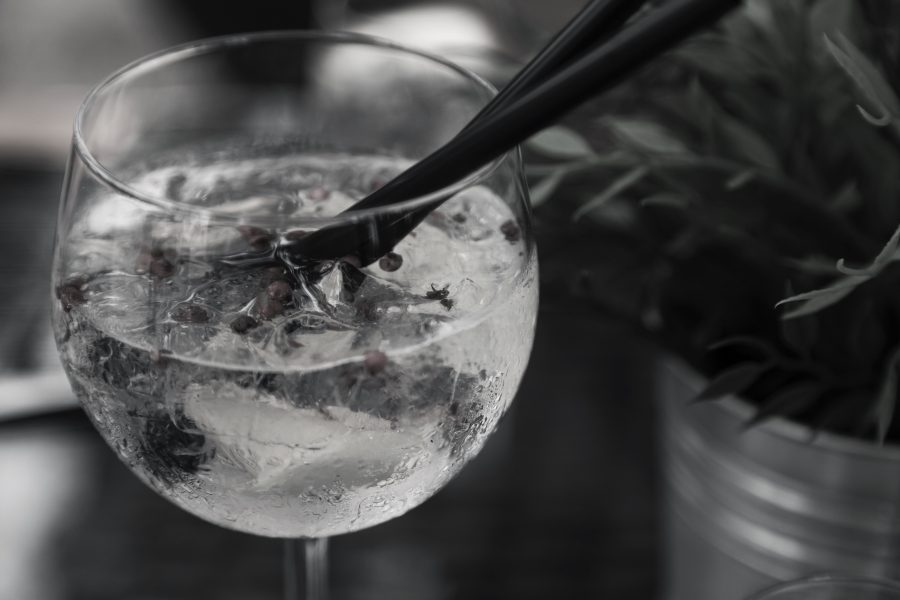Originally published October 2019.
So, I have recently indulged in a return to the vodka bottle. Now there’s a line I never thought I’d write in my advancing middle-age.
Now, whenever it comes to a choice of a pre-prandial (if I’m not aiming for either beer, a glass of fizz, or the occasional dry sherry), it has always been gin, ever since my days as a pretentious student in the early 1980s. We used to frequent a posh cocktail bar that put a lime, rather than a lemon, in one’s G&T, and just how sophisticated was that? I was King of the World, aged 19. Vodka? Well, it was for sessions and parties, and one simply bought the cheapest available (the rather aptly named Popov looks to be still in existence, very comforting to know).
A few years later, I switched allegiance from Gordon’s to Beefeater, pompously declaring that the former’s quality was not quite the same since the ABV had been reduced from 40% to 37.5 (to be fair, I did have a point – a degree of weight and texture had definitely been lost, it had become a lighter drink). There was then a seamless move to Plymouth, via a dabble with Bombay Sapphire, swiftly followed by a touch of Tanqueray. However, that was merely the calm before the storm: the last few years have obviously seen a veritable deluge of brands hitting the UK market, and it seems that a new distillery pops up on a weekly basis.
No need to dwell on this revolution (‘ginaissance’ a most appropriate moniker), since it’s as clear as day in every pub, bar, and supermarket. The consumer has fully and, dare I say, surprisingly embraced all the twists and turns of a myriad of the botanicals that give gin its unique profile. And, of course, the tonic waters and mixers have duly followed (Fever Tree is a work of utter marketing genius).
Meanwhile, purveyors of vodka have observed the transformation with interest. If gin, why not vodka? For years, the spirit was colourless, odourless, and tasteless, driven for the most part by the market in the USA. Indeed, that was how it was defined across the water. Any characteristics that swerved from that neutral course were removed by filtration, keeping things clean as a whistle. The key issue was the brand, whether everyday Smirnoff, Absolut, and Stolichnaya; or the smarter, deluxe, bottles such as Grey Goose, Ketel One and Belvedere. And whatever the label, if there was one word to describe the taste of any of these examples, “smooth” might fit the bill, with aromas and flavours being stripped away as undesirables. Sure, ranges were expanded with the addition of some fruit influences, but this was hardly ground-breaking. Like a heavy metal ballad, the song remained essentially the same.
However, bit by bit, we are now seeing a return of vodkas that reflect traditions and origins. Character and body are the preferred elements, bland no longer appeals. And on the palate, there is the sense that the liquid really has been derived from a raw material of proper quality, whether corn, rye, wheat, or the good old spud. Furthermore, the chances are that these base ingredients are all grown organically, even bio-dynamically, increasing the standard of the product accordingly.
My current favourite is Kavka, distilled and bottled at source in Wroclaw, Poland. Wonderful in a dry martini (and I was always gin, see above), but it’s also fantastic to be taken neat. There is perfect balance, plus delicate hints of fruit from the small amounts of aged apple and plum spirits that are added to the mix. Ideal, even more so as the nights draw in, and temperatures drop. Do try it.








